Introduction
As mentioned previously, I am interested in travelling and taking good photos of landscapes and buildings to support my eBooks and future coffee table books. Hopefully as my confidence builds I can include photos of peoples from differing cultures as well. As I research this area, a consistent message is conveyed: if you want better and more unique photos then venture beyond automatic mode; and for landscapes and buildings this means using, in the first instance, aperture priority mode.
So this post is about my research into Aperture Priority Mode and the information below is a summary of the information I have found so far. The resources used are listed a the end of the post.
When choosing Aperture Priority Mode, the camera gives priority to the chosen aperture (f/number). Once the aperture (f/number) is selected the camera will automatically select the shutter speed based on the light reading taken by the camera’s metering system.
When should Aperture Priority Mode be used?
Controlling the aperture controls the depth of field, that is, how much of the image/scene is in focus. This is very useful for taking general photos, and especially photos of landscapes and buildings where a good depth of field is required. Conversely, with portrait shots a blurry background can ensure the focus remains on the subject. So it can be a good all round option. In fact David Peterson says “aperture priority ultimately gives you more control over the overall quality and visual focus of your images”.
Selecting an Aperture (f/number)
Each camera will have a range of aperture settings (or f/number or f/stops) and the higher the f/stop number the smaller the aperture. For example, an f/stop of 4 will have a bigger aperture than an f/stop of 22. The f/stops available on my Nikon D3100 are: 3.5, 4, 4.5, 5, 5.6, 6.3, 7.1, 8, 9, 10, 11, 13, 14, 16, 18, 20, 22.
Now it would seem that for photos of landscapes and buildings I should use an f/stop between F11 and F22. This will enable a greater depth of field, that is, more of the photo will be in focus; and for close-up portraits and macro-photography use an f/stop between 3.5 and 5.6. This will bring the foreground into sharp focus and blur the background.
The Problem with Aperture Priority
When selecting a small aperture (high f/stop) the camera may select a shutter speed which is too slow to “hand-hold” the camera without causing the image to blur. In such instances, “Getting Started in Digital Photography” (see below) suggests: a tripod could be used; the aperture could be increased; or finally the ISO could be increased.
My Challenge
I would like to take three landscape/building photos and three close-up photos using three different approaches: first to use the auto; secondly to use aperture priority mode; and thirdly to use the camera’s scenic modes for landscape and portrait. I’ll endeavour to do this and post the results.
Future Research
What is the impact of the aperture (f/stops) limits on the camera and its operation?
References
David Petersen: http://www.digital-photo-secrets.com/tip/2566/why-use-aperture-priority/
Natalie Norton: http://digital-photography-school.com/moving-toward-manual-settings-understanding-aperture-a-beginners-guide/
Getting Started in Digital Photography, pp 20-21. MagBook. http://www.digitalslrphoto.com
=============================================================
=============================================================
Going on holidays soon? Looking for information? Consider our eBooks on Barcelona, Istanbul, Bucharest, Budapest and The Isle of Skye – these books describe our experiences and provide resources.
Visits: 1050

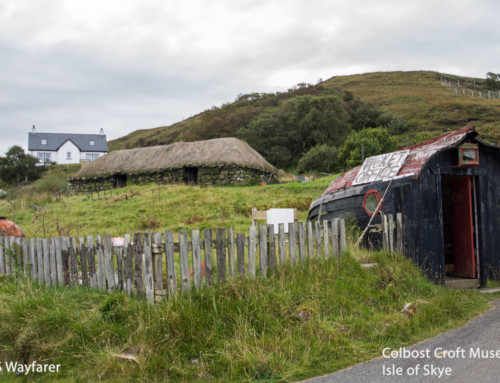
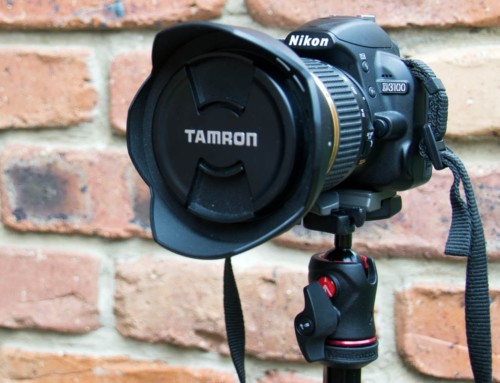
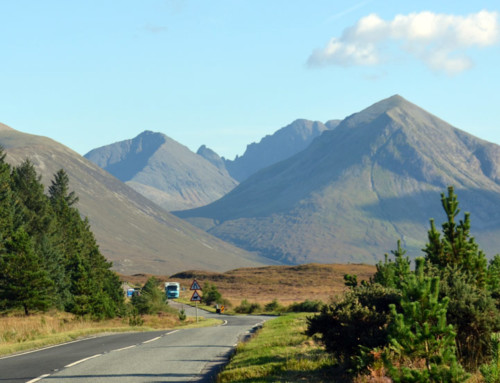
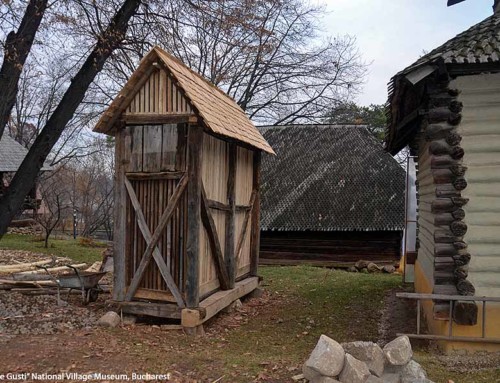

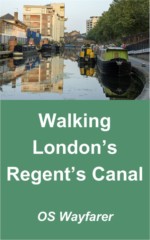
Leave A Comment